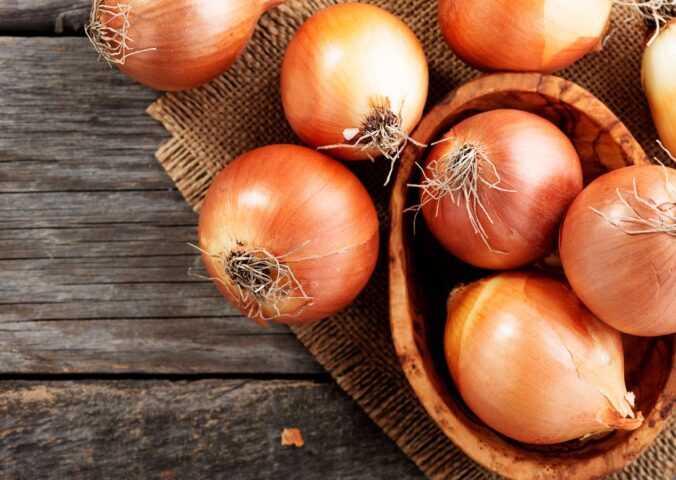Bananas are one of the most popular fruits in the world, but fears are growing that their ubiquity may be coming to an end.
Read more: Orange Juice Crisis: Makers Seek Alternative Fruits As Prices Soar
A fungal pathogen that has long been a concern for banana producers has reached new shores in the last few years. Fusarium wilt of banana (FWB), also called Panama disease, makes the bananas wilt by blocking the flow of nutrients to them. In the 1950s, one strain of the disease wiped out the Gros Michel breed of bananas, then the most common commercial variety.
The main variety now produced is the Cavendish, bred to be more resistant to Panama disease. Cavendish bananas are not usually grown from seed but will be propagated from cuttings of the plant’s suckers that grown underground. According to food journalist Dan Saladino, who wrote Eating to Extinction, this means they can’t evolve and adapt to new threats.
Cavendish bananas have now become susceptible to a new type of banana wilt known as TR4. And it’s not the only disease they have to contend with. Black sigatoka is another fungal pathogen that infects the leaves of the banana plant and reduces the fruit yield. But does this mean Cavendish bananas will go the way of the Gros Michel?
Solutions

In 2023, scientists submitted a genetically modified version of the Cavendish to Australian regulators for approval. It had been engineered to be more resistant to TR4 in case the disease devastates Australia’s banana production. It gained approval for commercial production in May this year, making it the first GM banana in the world.
Read more: Scientists Discover More Sustainable ‘Healthy Chocolate’
Genetic modification is one possible solution to the diseases threatening banana supplies. But even a leading scientist who worked on the GM banana thinks there is a more sustainable solution: more diverse crops.
There are more than 1,000 varieties of bananas, but Cavendish bananas account for half of the world’s banana production. They are mostly grown in huge monocultures, making them more susceptible to disease spread.
Scientists are trying to encourage more mixed crop farming generally, as it has many benefits, including better disease resistance. According to research at Wageningen University in the Netherlands, a mix of crops can form “plant teams” that improve soil fertility and better yields of the “main” crop. They also help keep weeds and pests at bay, as well as boosting biodiversity above and below ground. For a more diverse food system to work, retailers and consumers will need to be more accepting of greater variety.
But change like that takes time, and in the meantime we might only kick the problem down the road with a more disease resistant type of Cavendish. Until then, the future of bananas looks grim.
Read more: Cooler Temperatures Could Make Blood Oranges Even Healthier






